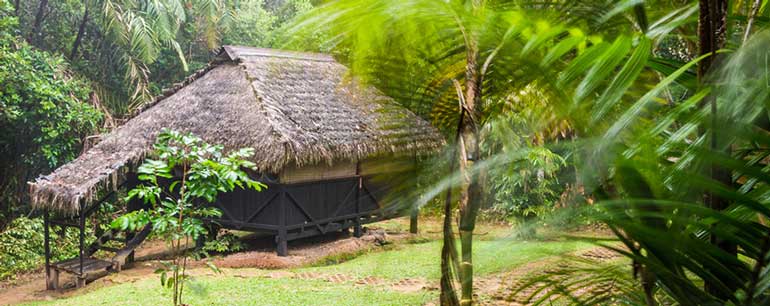Thursday Mar 13, 2025
Thursday Mar 13, 2025
Thursday, 31 December 2015 00:00 - - {{hitsCtrl.values.hits}}

A new set of guidelines for accommodation establishments will not only help them minimise their impact on the environment but make a more positive contribution to the world.
While tourism has a number of benefits, the impact on the environment is not always as beneficial. The resources we consume as a result of staying in tourist accommodation are often much greater than that if we stayed at home.
But a new set of guidelines from ISO aims to help reduce the negative impacts of accommodation establishments, while retaining the benefits of tourism and even adding a few more.
Developed by TC 228, whose secretariat is held by AENOR and INNORPI, ISO’s members in Spain and Tunisia, ISO/TS 13811, Guidelines on developing environmental specifications for accommodation establishments aims to help conserve the natural environment and its biodiversity, taking into account specific local conditions.
It is the result of collaborative work by experts from a number of national standardisation bodies and international partners such as the Global Sustainable Tourism Council and HOTREC.
Project leader and TC 228 working group 10 convenor Tuba Ulu Yilmaz said the Technical Specification is expected to be a widely recognised technical reference for a wide range of stakeholders, not just accommodation providers who want to be more environmentally friendly.
“It is also aimed at countries with no regulations to constitute a framework; national and international bodies to assess and harmonise their existing schemes or certifications; and consumers who want the choice to choose establishments that have the environment in mind,” she said.
“It will foster the ultimate goal of environmental sustainability and raise the overall standard of the tourism sector.”
The guidelines outline a number of things that accommodation establishments can do to reduce their impact, including conserving their use of resources, reducing pollution and better managing their waste, as well as ways they can make a positive contribution to the area. This includes things such as restoring natural areas of scenic beauty and educating staff, clients and the community, of the important role they too can play.
Discover Kapruka, the leading online shopping platform in Sri Lanka, where you can conveniently send Gifts and Flowers to your loved ones for any event including Valentine ’s Day. Explore a wide range of popular Shopping Categories on Kapruka, including Toys, Groceries, Electronics, Birthday Cakes, Fruits, Chocolates, Flower Bouquets, Clothing, Watches, Lingerie, Gift Sets and Jewellery. Also if you’re interested in selling with Kapruka, Partner Central by Kapruka is the best solution to start with. Moreover, through Kapruka Global Shop, you can also enjoy the convenience of purchasing products from renowned platforms like Amazon and eBay and have them delivered to Sri Lanka.
Discover Kapruka, the leading online shopping platform in Sri Lanka, where you can conveniently send Gifts and Flowers to your loved ones for any event including Valentine ’s Day. Explore a wide range of popular Shopping Categories on Kapruka, including Toys, Groceries, Electronics, Birthday Cakes, Fruits, Chocolates, Flower Bouquets, Clothing, Watches, Lingerie, Gift Sets and Jewellery. Also if you’re interested in selling with Kapruka, Partner Central by Kapruka is the best solution to start with. Moreover, through Kapruka Global Shop, you can also enjoy the convenience of purchasing products from renowned platforms like Amazon and eBay and have them delivered to Sri Lanka.